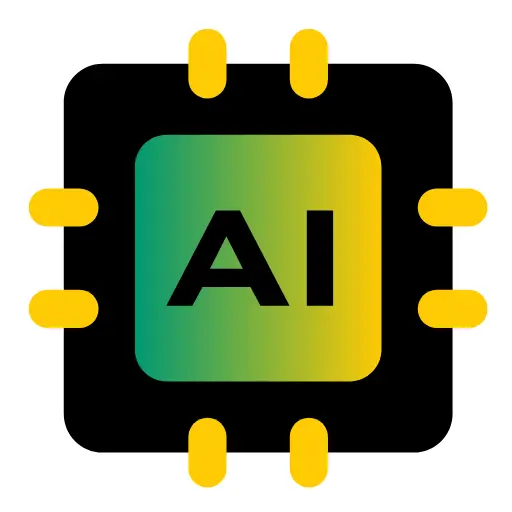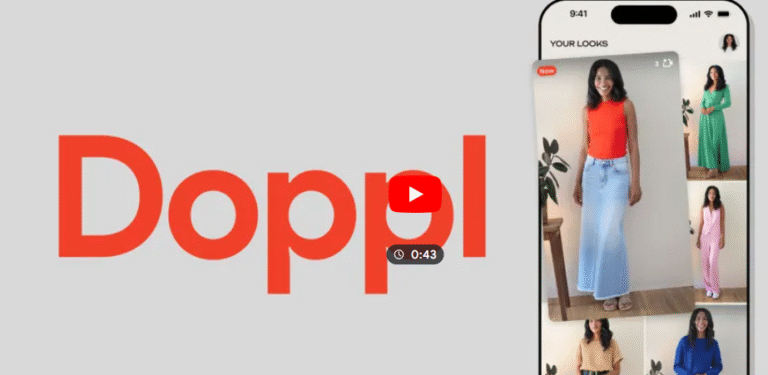The technology industry is seeing many innovations every day. The biggest conference in the technology industry was held on May 20-21 at the Shoreline Amphitheatre in Mountain View, California. This year’s conference was an incredible showcase of artificial intelligence, extended reality, and Android technology. Google once again launched technologies that will redefine the device and users of the platform.
AI Takes Center Stage: Gemini 2.5 and Beyond
Artificial intelligence was the cornerstone of Google I/O 2025. The spotlight was on Gemini 2.5, the latest iteration of Google’s AI model, which has set new benchmarks in natural language processing and contextual understanding. Gemini 2.5 powers a range of applications, from enhanced search functionalities to personalized user interactions across Google services. Key updates include.
- AI Overviews in Search: Providing users with concise, context-rich summaries in search results, making information retrieval more intuitive.
- AI Mode in Google Photos: Enabling advanced image recognition and organization, allowing users to search for photos using natural language queries.
- NotebookLM Plus: An AI-powered note-taking assistant that supports multi-step reasoning, enhancing productivity for users across devices.
Sundar Pichai, CEO of Google, expressed his enthusiasm for these advancements, emphasizing the company’s commitment to leading in AI innovation. His public excitement, particularly through expressive tweets, underscored the significance of these developments in shaping the future of technology.
Android 16: A Leap Forward in User Experience
Android 16, the latest version of Google’s mobile operating system, was another highlight of the conference. Designed with a focus on user experience, privacy, and performance, Android 16 introduces several notable features:
- Material 3 Expressive UI: An evolution of Google’s design language, offering more engaging transitions and animations to enhance user interaction.
- Live Updates for Notifications: Allowing real-time updates to notifications, ensuring users receive the most current information without delay.
- Hybrid Auto-Exposure Camera Modes: Improving photo quality by adjusting exposure settings dynamically, catering to various lighting conditions.
- AVIF and UltraHDR Image Support: Enhancing visual content with support for high-quality image formats and extended dynamic range.
These enhancements aim to provide a more seamless and immersive experience for users, particularly on foldable and tablet devices.
Wear OS 6 and Android Auto: Smarter, More Integrated
While Wear OS 6 was not officially announced at Google I/O 2025, discussions around its development highlighted the integration of Gemini AI into wearable devices. This integration promises smarter health tracking features, improved voice interactions, and expanded support for third-party app development. Similarly, Android Auto is set to benefit from Gemini AI, offering enhanced in-car experiences with intelligent voice assistants and context-aware suggestions.
Android XR and Project Moohan: Entering the World of Mixed Reality
Google’s foray into extended reality (XR) was marked by the introduction of Android XR, a new operating system designed to support XR devices. Android XR is heavily integrated with Gemini AI, enabling immersive and context-aware experiences. The operating system is set to power devices like Samsung’s Project Moohan XR headset and Google’s own smart glasses developed by DeepMind. These devices aim to rival Apple’s Vision Pro, offering features like 4K micro-OLED displays and spatial navigation.
Project Astra: AI in Real-World Applications
Project Astra, introduced at Google I/O 2024, continues to evolve as a real-time AI assistant capable of understanding and interacting with the physical world. At this year’s conference, Google showcased advancements in Astra’s ability to process video and audio inputs, enabling it to perform tasks such as locating misplaced items, providing contextual information about surroundings, and assisting with complex queries. These developments highlight Google’s commitment to integrating AI into everyday life, making it more intuitive and accessible.
SynthID: Protecting Digital Content
In response to growing concerns over digital content authenticity, Google introduced SynthID, a watermarking tool designed to protect intellectual property. Initially focused on images, SynthID now extends its capabilities to text and video content, embedding unique identifiers to assert ownership and deter unauthorized use. This expansion reflects Google’s proactive approach to content protection in an increasingly digital landscape.
Ethical AI and Responsible Development
Google reaffirmed its commitment to ethical AI development through initiatives like Red Teaming, aimed at proactively identifying and addressing potential vulnerabilities and instances of misuse within AI technologies. This approach ensures responsible deployment of AI systems, fostering trust and upholding ethical standards in technology development.
Looking Ahead: The Future of Google’s Ecosystem
As Google continues to innovate, the integration of AI across its ecosystem promises to deliver more personalized, efficient, and immersive experiences for users. From smarter devices and applications to enhanced content protection and ethical AI practices, Google I/O 2025 showcased the company’s vision for a future where technology seamlessly integrates into daily life, empowering users and developers alike.
For developers and tech enthusiasts, Google I/O 2025 served as a glimpse into the future of technology, highlighting the company’s commitment to innovation and responsible development. As the digital landscape evolves, Google’s advancements in AI, XR, and Android set the stage for a new era of intelligent, immersive, and user-centric experiences.




